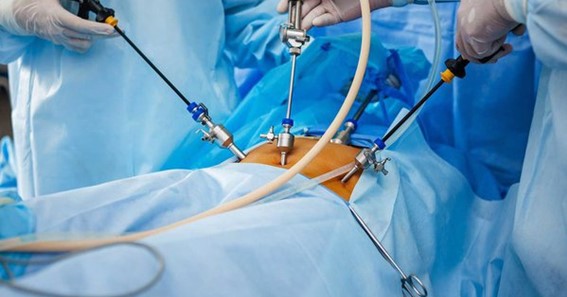Endoscopic surgery of the spine is a minimally invasive procedure that has gained popularity in recent years. It offers numerous advantages over traditional open surgery, including smaller incisions, reduced tissue damage, and faster recovery times. However, despite its growing acceptance, there are still several myths and misconceptions surrounding Endoscopic Spine Surgery. This article will debunk some of the most common misunderstandings to provide a clearer understanding of this innovative surgical technique.
Myth 1: Endo spinal surgery is experimental and unproven
One of the most prevalent misconceptions about endoscope-assisted surgery is that it is still an experimental procedure lacking scientific evidence. This couldn’t be further from the truth. Endoscopic techniques have been utilised in various medical specialties for decades, and their application in spine operation has a robust body of research supporting their efficacy. Multiple studies have demonstrated favourable outcomes, including reduced pain, improved mobility, and high patient satisfaction rates. It is a well-established and proven technique continually advancing with technological innovations.
Myth 2: Endo spine surgery is only suitable for minor conditions
Another misconception is that endoscopic spinal surgery is only effective for treating minor spinal conditions. While it is true that endoscopic procedures are often used for less complex issues such as herniated discs, they can also address more significant spinal conditions. Surgeons experienced in endoscopic techniques can treat spinal stenosis and degenerative disc disease and even perform spinal fusions. The patient selection and the surgeon’s expertise are key to successful outcomes. With advancements in instrumentation and training, this minimally invasive spinal surgery is increasingly utilised for various spinal pathologies.
Myth 3: Endoscopic spinal operation is riskier than open surgery
Some believe endoscope-assisted surgery carries more significant risks than traditional open surgery. This misconception probably stems from the perception that a minimally invasive approach must compromise safety. However, the reality is that endoscopic surgery of the spine offers several advantages in terms of safety. The smaller incisions used in endoscopic procedures result in less tissue disruption, minimising the risk of complications such as infection, blood loss, and postoperative pain. Additionally, using advanced imaging technology during endoscopic surgery allows surgeons to navigate precisely, reducing the likelihood of damaging surrounding structures.
Click here – Meeting Workforce Demands: Discovering the TSS Visa Solution
Myth 4: Endo spine surgery is less effective than open surgery
There is a common belief that open surgery is more effective in addressing spinal conditions compared to endoscopic techniques. This misconception may arise from the misconception that a less invasive procedure cannot achieve the same outcomes. However, numerous studies have demonstrated comparable or superior outcomes with this minimally invasive spinal surgery patient who undergo endoscopic procedures often experience less postoperative pain and faster recoveries than open surgery. The effectiveness of endoscopic techniques lies in the surgeon’s skill, the patient’s suitability, and careful preoperative planning.
Myth 5: Endoscope-assisted surgery requires a more extended recovery period
Contrary to popular belief, endo surgery of the spine typically results in a shorter recovery period than open surgery. The smaller incisions in endoscopic procedures cause less tissue trauma, reducing pain and quicker healing. Most patients can restart normal activities and return to work within a few weeks, whereas recovery from open surgery can take several months. However, it’s important to note that individual recovery times may vary depending on the specific procedure performed and the patient’s overall health.
Endoscopic Spine Surgery is a well-established, effective, and safe technique for treating various spinal conditions. Several myths and misconceptions surround this minimally invasive approach despite its proven benefits. If you’re considering spine surgery, consult a qualified surgeon who can guide you through the available treatment options, including endoscopic techniques, to determine the best approach for your needs.

16 thoughts on “Common Myths and Misconceptions about Endoscopic Spine Surgery”
Comments are closed.